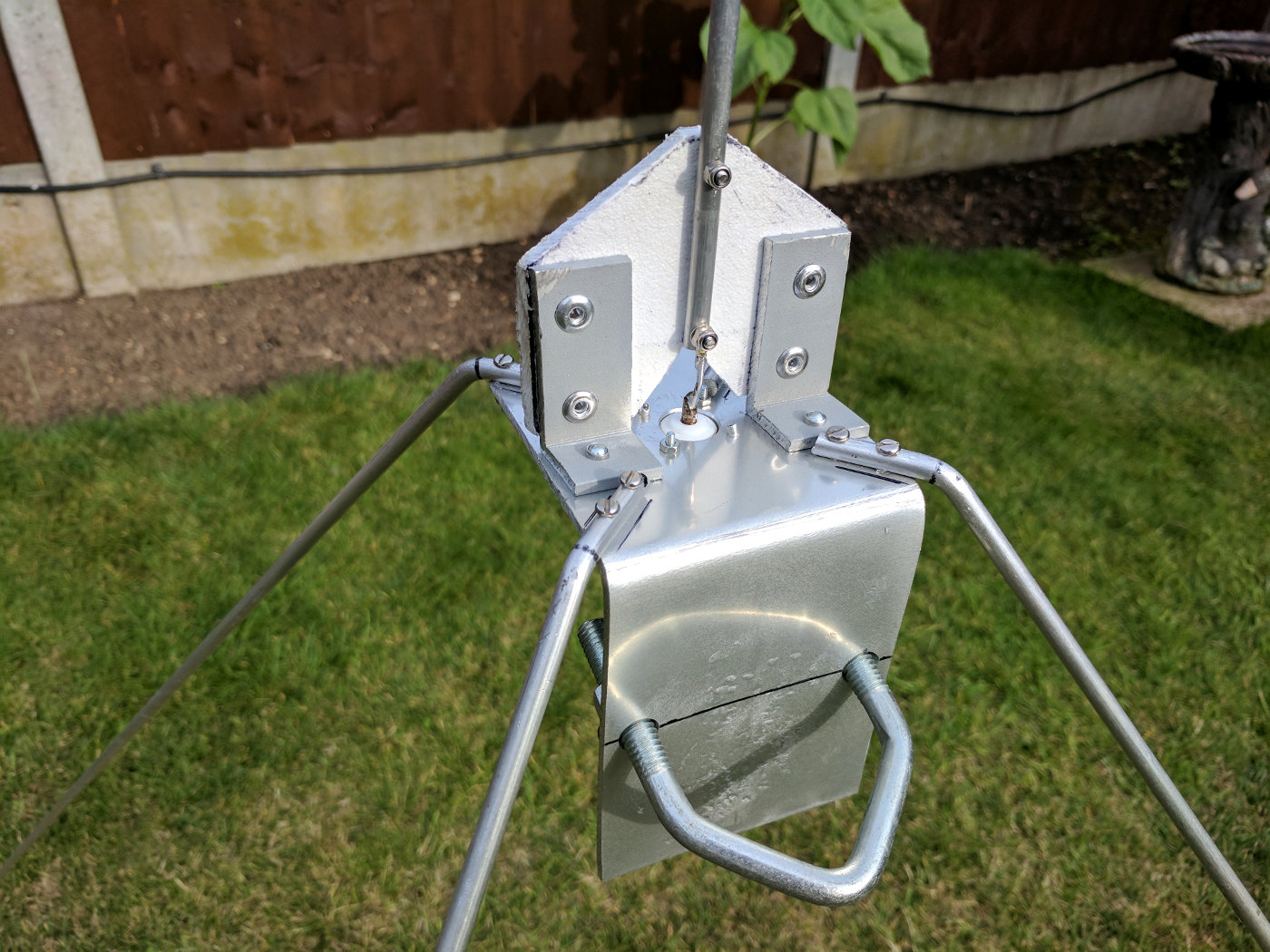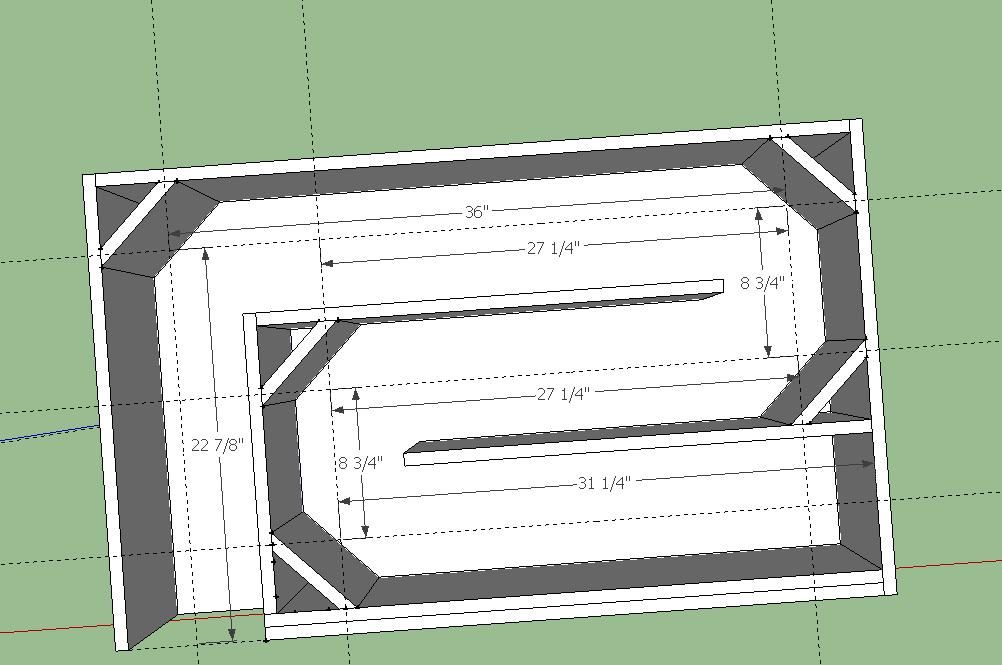This system features a Morel MW266 woofer in lightly stuffed TL tuned to 27 Hz and a Morel CAT378 tweeter. 25Hz-20KHz range with very warm, rich bass, creamy midrange, extremely detailed high end and outstanding impulse response. The Transmission Line is a seldom-used speaker design which is preferred by many audiophiles. Fans say TL’s sound less resonant, less boxy, more open. I’ve built several, one very recently. I don’t think TL’s are necessarily more “accurate” – they do have flaws.
The most common example of a loudspeaker that relies on a quarter wavelength acoustic standing wave is a transmission line enclosure. I have built a number of closed and ported box loudspeakers based on the equivalent circuit models descibed by Thiele and Small. From the outside it would appear to be a bass reflex enclosure. Jun 24, 2015 - Inspired by debates on the Internet about quarter wave designs with Tang Band 3˝ full-range drivers, the author decided to design its own.

However they have good impulse response as they are in fact less resonant. I prefer the sound of a TL to a ported box. In 1990, when I was a senior in college, I was frustrated that the kind of mathematical models that are available for acoustic suspension and bass reflex boxes were unavailable for Transmission Lines. I was taking an acoustics class, so for my semester project, decided to derive the math myself.
This is that paper, very slightly cleaned up and digitized, otherwise unchanged. I did not find this project to be at all easy.
Find great deals on eBay for veb camera. Shop with confidence. Web camera. Jun 27, 2012 Top 5 Most Hot & Funny Performances Got Talent - Best of Hot & Funny Got Talent - Top Five - Duration: 15:53. You Thube 9,288,894 views.
However when I was done I greatly enjoyed the satisfaction of knowing that I had started with basic physical properties like the mass of a speaker cone and the density of air and derived the entire response of a complex system. And that I had done something that nobody to my awareness at the time had done. As you will see, TL’s are complicated. They can’t be reduced to simple differential equations like normal boxes can. In this paper, I ran all my simulations on a Hewlett-Packard 28S calculator.
I would have loved to have been able to run them on a computer, but I didn’t have access to the right software. I came to several conclusions that reinforce my personal experience from building transmission lines. I also explore closed TL’s, which have received very little attention in the literature. I welcome anyone who wants to apply my models on a computer, math program or online calculator. Enjoy this paper. I posted this in Martin King’s and Martin responded. Your paper brought back a lot of memories of my early TL studies.
Your paper was well written and laid out the TL theory as it stood when I started in the mid 80’s and continued working with it up to the late 90’s as computers and measurement systems started to become more accessible to the speaker builders. The math and theory set forth by Bradbury, based on Bailey’s tests data, was so elegant and attractive I spent years working out the details and programming the solution.

I worked on computer codes written in Basic on an old PC XT clone and produced curves similar to yours, unfortunately I could never get the models to correlate with measured designs I found in magazine articles and AES papers or my own measurement data. By the late 90’s and early 2000’s independent TL developers had built and tested TL speakers (in my case a cardboard tube with stuffing) that showed Bradbury and Bailey were wrong. The fibers did not move and the speed of sound was not reduced significantly.